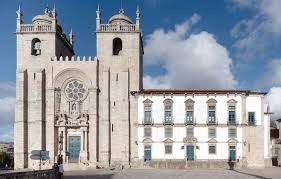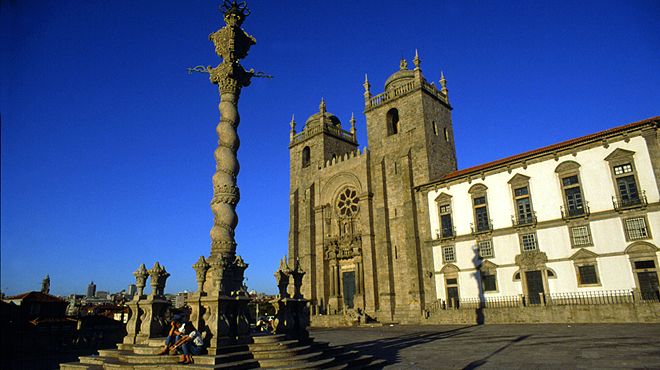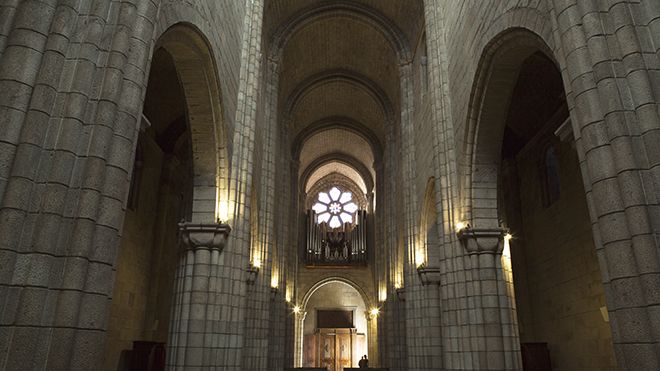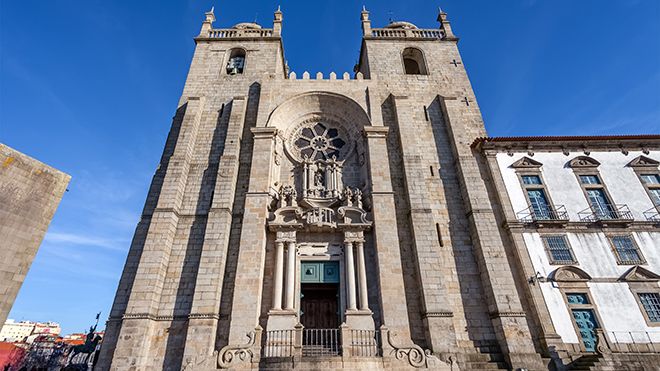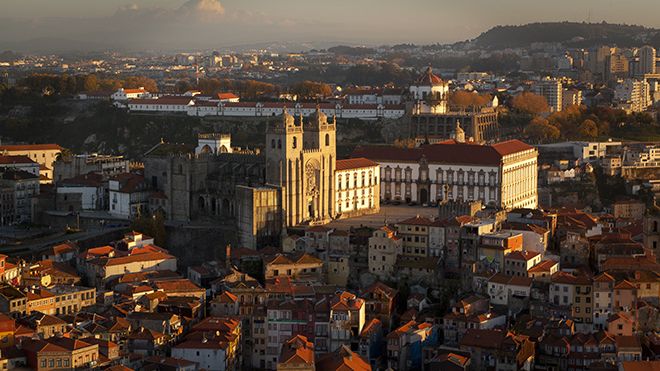Porto Cathedral
Porto Cathedral, like the first band of city walls, was born in the 12th century by initiative of its first bishop, D. Hugo. The temple is also known as the church of Santa Maria do Porto, de Nossa Senhora do Porto da Eterna Salvação or Nossa Senhora da Vandoma – which attests to the importance the Marian cult has.
The building reached its present dimensions in the 13th century, and the following century the cloister was added on, built in Gothic style, as was the tomb of the Knight João Gordo in the chapel of St. John the Evangelist.
Kings D. João I and D. Filipa de Lencastre were married in Porto Cathedral, also in the 14th century, on February 14, 1387. The people of Porto dressed in their finery and the city was covered with flowers and fragrant herbs for the celebration feast.
Address and map location
- Postal address Terreiro da Sé. municipality of Porto . NaN. Porto
- Web
- Phones
- +351 226 179 345
- +351 222 059 028
- Fax+351 226 096 276
